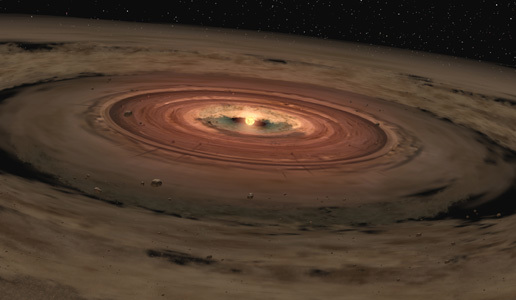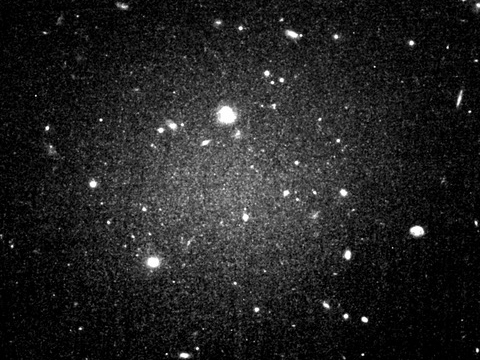Scientists at the University of St Andrews may have helped solve the mystery of why there is so much water on Earth.
And in another coup, other boffins at the university are among a group of astronomers shedding new light on the age old conundrum of gravity.
In the first study, published in Astronomy and Astrophysics, an international team of researchers has discovered small dust grains can accumulate substantial amounts of water from surrounding gas and ice before they start to form the planet.
Researchers from St Andrews, with colleagues from Germany and the Netherlands, concluded this process takes only a million years, which is enough time for stars and planets to form.
The water-rich dust grains clump together to form first pebbles, then huge boulders and, eventually, planets.
Dr Peter Woitke said: “The mystery as to why Earth has so much water has previously baffled.
“One theory suggested that the water was delivered by icy comets and asteroids that hit the Earth.
“A second scenario suggests the Earth was born ‘wet’ with the water already present inside 10km wide boulders from which the planet was built.
“However, the amount of water that these large boulders can contain is disputed.”
Meanwhile, a gravity theory has been saved “from death” by another team.
An international group, including physicists at St Andrews, has revived a previously debunked theory of gravity, arguing that motions within dwarf galaxies would be slower if close to a massive galaxy.
The research team examined a theory previously published in the journal Nature which claimed that Modified Newtonian Dynamics (MOND) couldn’t be true.
MOND is a controversial alternative to general relativity, the Einstein-inspired understanding of gravity, but this has never been proved.
Such theories are essential in understanding the universe, as galaxies rotate so quickly they should fly apart, according to known physics.
Various theories have been put forward to explain what holds them together, and debate rages over which is right.
The now debunked study claimed MOND was dead.
However, the latest study – also in Nature – shows that the earlier work neglected a subtle environmental effect.
The new research argues that the previous work did not consider that the influence of the gravitational environment around the dwarf could affect motions within it.











